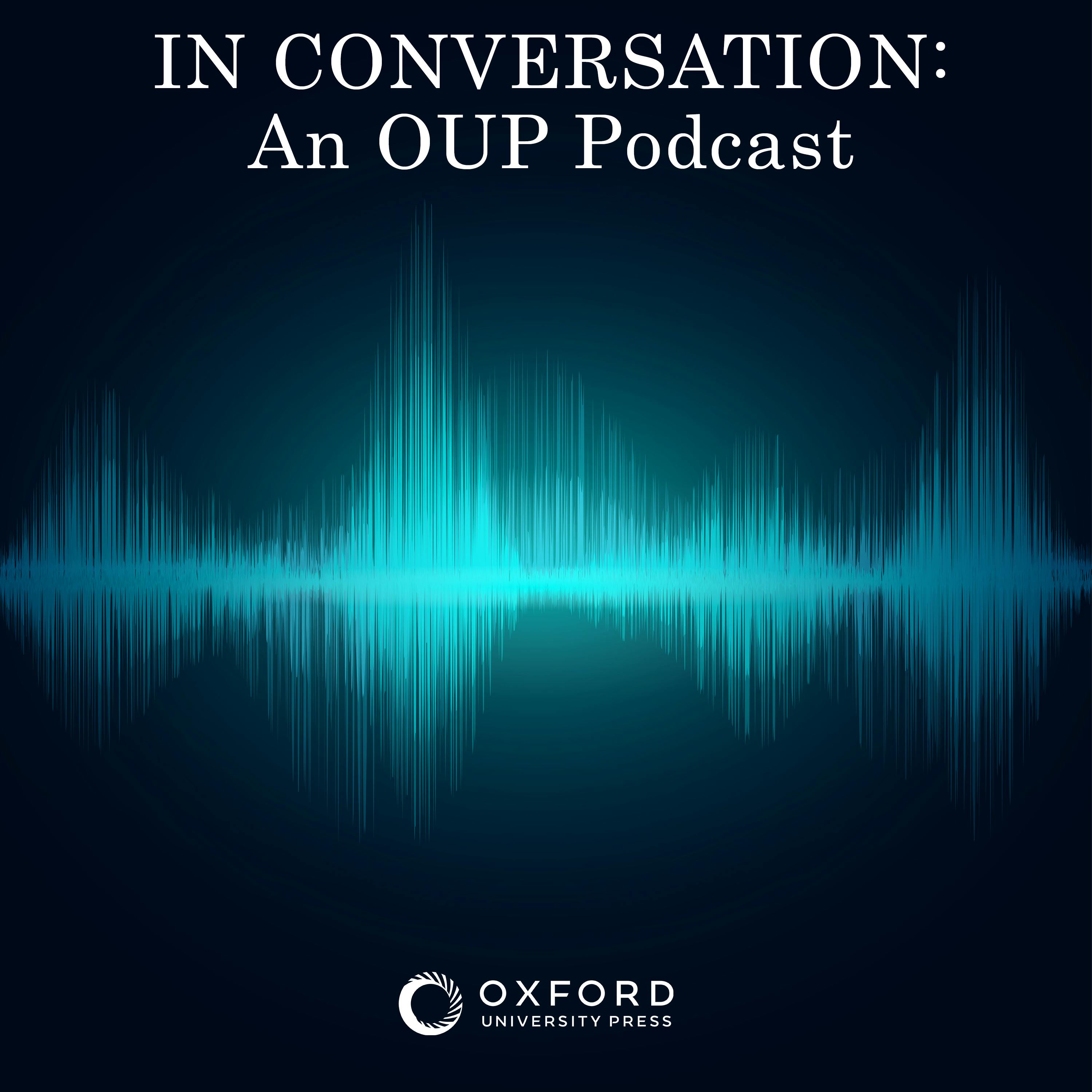
Brian Harker, “Louis Armstrong’s Hot Five and Hot Seven Recordings” (Oxford UP, 2011)

In Conversation: An OUP Podcast
Shownotes Transcript
“The public don’t understand jazz music as we musicians do. A diminished seventh don’t mean a thing to them, but they go for high notes. After all, the public is paying. If musicians depended on musicians at the box office they would starve to death.”–Louis Armstrong
Brian Harker’s Louis Armstrong’s Hot Five and )Hot Seven Recordings )(Oxford University Press, 2011) is an artful jambalaya of rigorous musical analysis, thoughtful cultural contexts, and some provocative informed speculation as to how Armstrong absorbed, innovated, and consolidated the music we call jazz.
Harker focuses his analysis and discussion on seven of Louis Armstrong’s “Hot Five” recordings, made during the period between 1925 and 1928. Harker’s recording-as-“snap-shot” approach illuminates how Armstrong used novelty, musical narrative, rhythmic variation, harmonic changes, “sweet” and “hot” elements, and technical virtuosity in his vast recording repertoire.
Harker also details how Armstrong relentlessly wedded his drive for self-improvement and creative expression to commercial realities, giving the reader fascinating anecdotes and back stories about this extraordinary African-American’s journey for personal and musical acceptance.
Highlights of Harker’s song -by-song analysis include Armstrong’s “novelty” imitation of a clarinet’s cascading arpeggios in “Cornet Chop Suey,” his “telling a story” in “Big Butter and Egg Man,” his negotiation of harmonic changes in “Potato Head Blues,” his crowd-thrilling high note playing in “SOL Blues” and “Gully Low Blues,” his “sweet jazz” elements in “Savoy Blues” and his brilliant amalgam of all the afore-mentioned jazz elements in his masterpiece recording, “West End Blues.”
Brian Harker), a Professor of Music at Brigham Young University and former professional trumpet player himself, has spent a good part of his life studying Louis Armstrong. And, he is quite interesting and provocative when he is a speculative detective.
Some examples include how he shares the theory that some of Armstrong’s dynamic rhythmic experimentation was inspired by Armstrong’s association with the dance team of Brown and McGraw, or how Armstrong’s sustained high C virtuosity was influenced by his admiration for opera superstar Enrico Caruso as well as his competitive rivalry with trumpeter Reuben Reeves – or how Armstrong’s incorporating elements of “sweet music” (in Savoy Blues) may have been inspired by Armstrong’s own predilection for Guy Lombardo’s sweet jazz as a preferred musical background during his own romantic trysts. This gives feel and flesh to the book and complements Harker’s studied analyses of Armstrong’s solo transcriptions.
Louis Armstrong drew from everything and everyone around him. He constantly tried to improve himself musically and personally and yet, at the same time, resented the “putting on of airs,” all the while negotiating the politics of race and the brutal realities of the music and entertainment world. Harker’s thoughtful cultural introspections gives the reader a greater appreciation for what Armstrong himself had to endure and transcend during the Hot Five recording period of his career. According to Harker, Louis was most proud of his “color barrier” advances in radio and film and saw his Hot Five recordings as simply another pay...